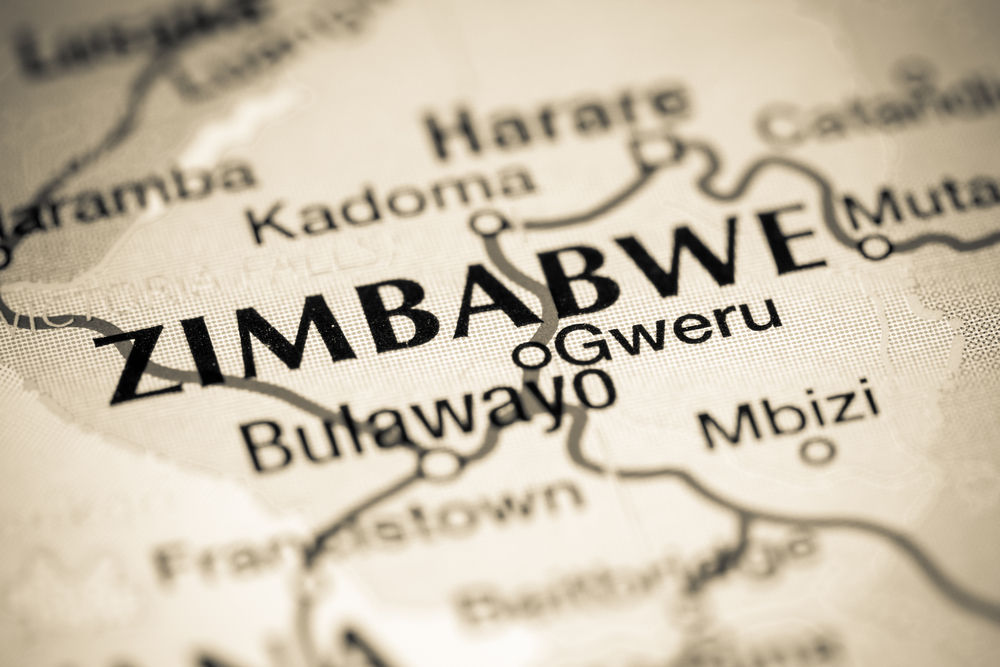The Zimbabwean ZiG currency has lost momentum this year, even as the price of gold has surged to a record high, boosting its assets. The official USD/ZWG exchange rate stands at 26.77, much higher than the listing price of 13. This means that it has lost almost 100% of its value a year after its inception.
Why the Zimbabwe ZiG currency crashed
Zimbabwe, a country in Southern Africa, has moved from one currency crisis to the other. In April last year, the central bank launched ZiG, the sixth attempt to have a stable currency since 2009.
It launched ZiG, whose benefit was that it was backed by gold and fiat currencies. According to the central bank, the currency is now backed by assets worth over $550 million, mostly because of the recent gold price surge.
The government hopes that the ZiG will be the only legal tender in the country in the long term.
However, recent data shows that the currency’s popularity has weakened as Zimbabweans remain skeptical about a local currency. For one, they remember well that the country’s central bank devalued it by 43% in September last year. This devaluation meant that people who held the currency at the time saw the value of their holdings fall.
The central bank justified the devaluation noting that it would help to bridge the gap between the official and the black market rate. To a large extent, the bank has achieved this goal as the two markets have converged.
Read more: What is happening with Zimbabwe’s currency ZiG?
Once bitten, twice shy
The Zimbabwe ZiG currency has also lost market share because many people and businesses in the country have been here before. Many of them recall how the original Zimbabwe dollar crashed to a record low during the Robert Mugabe era. This happened as the government embarked on a currency-printing spree.
Most recently, Zimbabweans suffered when the RTGS currency crashed, which led to the creation of the ZiG currency in April last year. Therefore, many people and businesses are not interested to take the risk even as the ZiG interest rate rises. The central bank has pushed interest rates to 35% to make it a more attractive currency.
Zimbabwe is largely a dollar-based economy
Most importantly, Zimbabwe is swimming in the US dollar, which is the most widely used currency in the country. According to Bloomberg, the amount of dollars in circulation in Zimbabwe has jumped in the past few months, with the ZiG being used to handle small transactions like utility bills and some wages. Many landlords reject rent payments in this currency.
Meanwhile, analysts warn that the currency may not survive for long since it is not used often to settle transactions. In a note, one analyst said:
“What else is the ZiG used for except arbitrage opportunities and to pay civil servants. I can’t see the ZiG surviving that long.”
Therefore, there is a likelihood that the USD/ZWG exchange rate will continue falling over time as the use of the US dollar in the country rises.
The post Here’s why the Zimbabwe ZiG currency faces a grim future appeared first on Invezz

